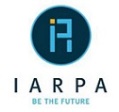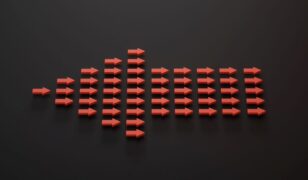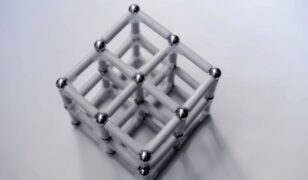IARPA to hold proposers’ day for hybrid forecasting competition
 The Intelligence Advanced Research Projects Activity (IARPA) announced on December 18 that it will host a Proposers’ Day Conference for the Hybrid Forecasting Competition (HFC) Program on February 3 in anticipation of the release of a new program solicitation. The registration deadline is COB on January 27.
The Intelligence Advanced Research Projects Activity (IARPA) announced on December 18 that it will host a Proposers’ Day Conference for the Hybrid Forecasting Competition (HFC) Program on February 3 in anticipation of the release of a new program solicitation. The registration deadline is COB on January 27.
HFC aims to improve forecasting by combining the benefits of human- and machine-driven forecasting systems. HFC will develop and test methods to optimize human/machine collaboration for the creation of maximally accurate geopolitical and geoeconomic forecasts. Intelligence analysts, along with professionals in other operational forecasting disciplines, wrestle with the problem of how human judgments should be combined/weighted with machine model-based forecasts so as to maximize the accuracy of the resultant probability forecasts. The methods HFC will develop should help the human analyst navigate this challenge and will likely be diverse in form. Methods developed in HFC may include but are not limited to (1) protocols that train human forecasters to optimally combine/weight human and machine judgments/forecasts; (2) new predictive models that incorporate both machine data and human judgments; and (3) algorithmic forecasting agents that interact with human forecasters/forecasts inside crowdsourced forecasting platforms. The geopolitical and geoeconomic events on which HFC methods will be developed will be discrete choice/probabilistic and continuous quantity forecasting problems.
The HFC Program expects to draw upon the strengths of academia and industry through collaborative teaming. It is anticipated that teams will be multidisciplinary and might include social and behavioral scientists, experts in operational forecasting disciplines (e.g. finance, macroeconomics, meteorology, geopolitics), computer scientists/software developers, and methodologists (statisticians/psychometricians/polimetricians/econometricians).
Full information is available here.
Source: IARPA







